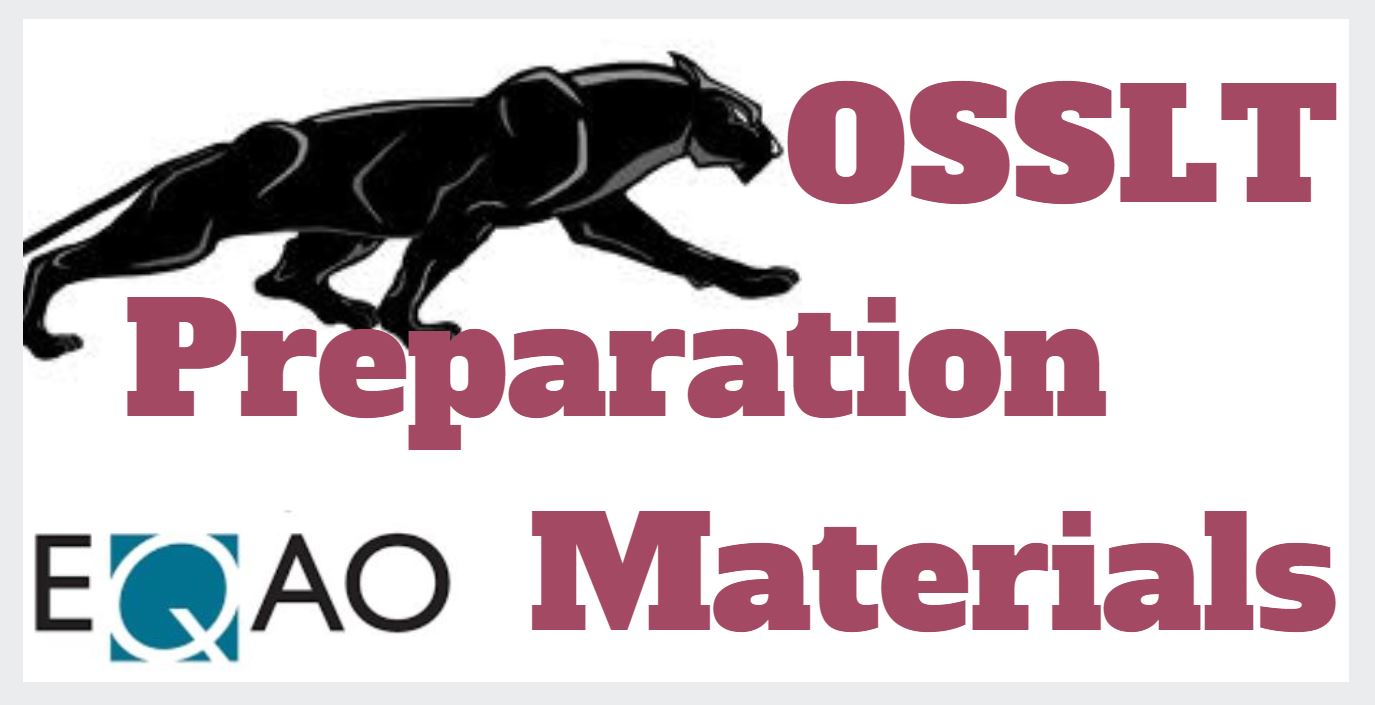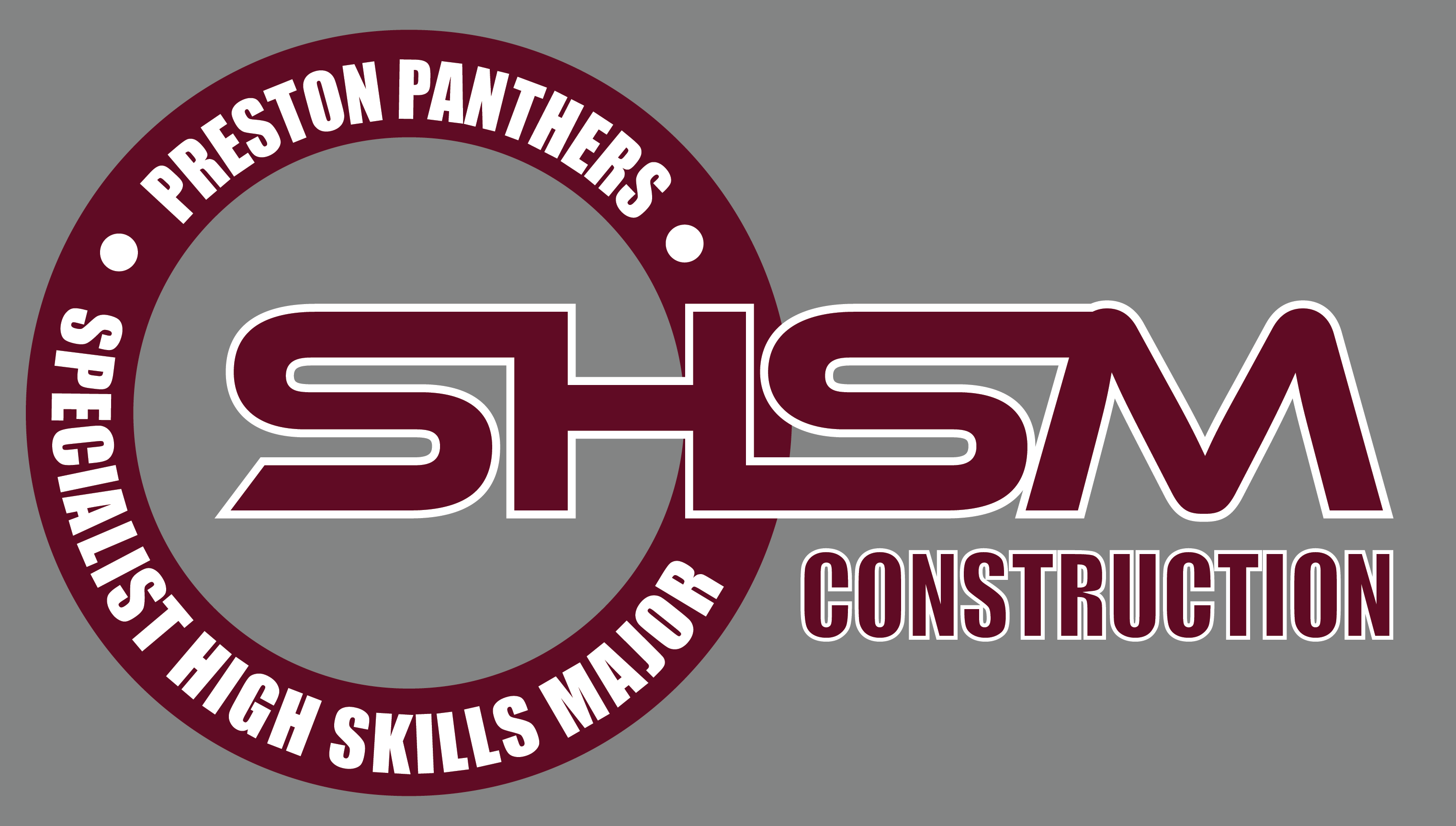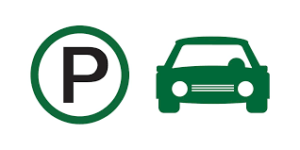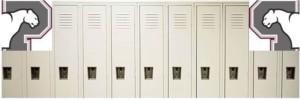July 28th, 2020
At the Monday, July 20 board meeting, Waterloo Region District School Board (WRDSB) senior staff presented three preliminary school reopening models to the Board of Trustees, in response to the June 19 announcement made by the Ontario Minister of Education instructing all school boards in Ontario to prepare for each of the following scenarios:
- A Full Return or conventional, regular classroom instruction, with enhanced health and safety protocols
- A continuation of distance learning, including the use of live, synchronous online instruction
- An adapted/hybrid delivery model that enables students to return to class with blended distance learning, which includes health and safety requirements that will limit the maximum number of students to 15 per class.
On Monday, July 27, Trustees received more detailed preliminary plans from senior staff in preparation for an upcoming decision from the Ministry of Education regarding what school will look like in September.
All three models have been carefully developed with the health, safety and well-being of students and staff in mind, and in partnership with the Ministry of Education and Region of Waterloo Public Health, in addition to the data collected from our student, staff and family reopening survey.
Proposed Models
- Full Return with Enhanced Health and Safety Protocols
- Adaptive / Hybrid Model
- Full Distance Learning
Full Return with Enhanced Health and Safety Protocols
In this model, elementary students would return to school with enhanced safety measures and a maximum of 30 students per class. Bell times and timetables would remain the same as pre-COVID-19 pandemic, with 300 minutes of face-to-face teacher instruction. Students would have two, forty-minute nutrition breaks with staggered outdoor breaks.
However, there will be an increase of health and safety measures in place such as staggered entry and exit of students, frequent hand hygiene, the recommended use of masks when physical distancing cannot occur, and enhanced cleaning measures as a few examples.
Below you will find a sample daily schedule for the Full Return Model:
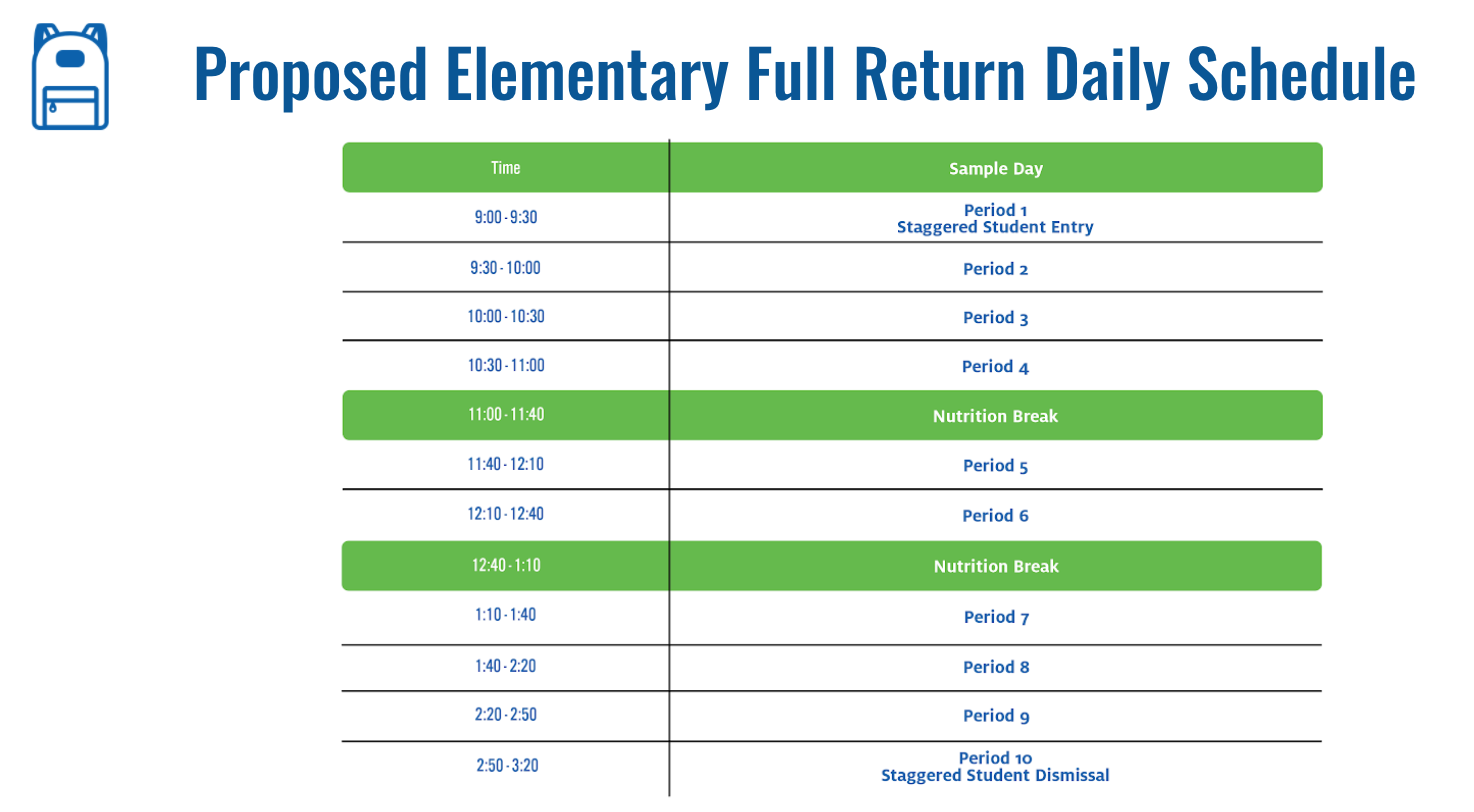
Secondary students would return to school in a quadmestering model, which means students would return full-time but attend two classes per day in person with supervised blended learning periods using platforms such as Google Classroom and Brightspace. Class sizes would vary depending on grade and level, usually to a maximum of 30 students, and a staggered lunch block would be implemented to help with the enhanced safety protocols.
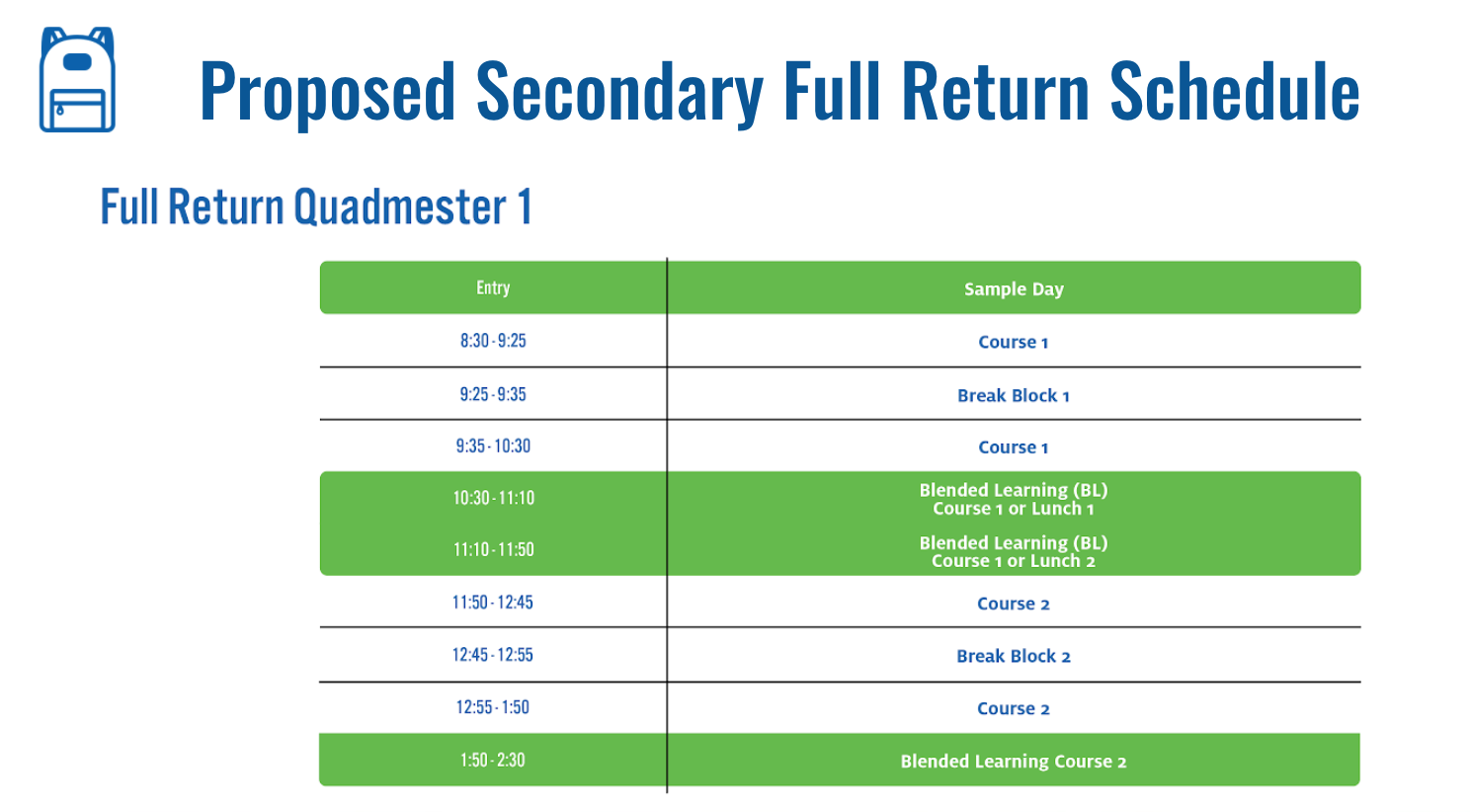
Adaptive / Hybrid Model – Elementary
In this model for elementary students, there would be four cohorts: A, B, C, and D.
Cohorts A and B will be determined by Student Transportation Services of Waterloo Region (STSWR) as transportation plays a significant role in cohort development. Each class would be divided into two cohorts with a maximum of 15 students per cohort, with each cohort attending class on different days. This would have students attend five full days of class instruction over two weeks. A combination of face-to-face instruction and blended learning, delivered through asynchronous and synchronous learning, would complete the learning experience for our students.
Cohort C and D will be supported fully through distance learning either through high tech (Cohort C) or low tech options (Cohort D) and by parent or legal guardian request.
Below is our ‘Month at a Glance’ for the proposed Adaptive/Hybrid Model:
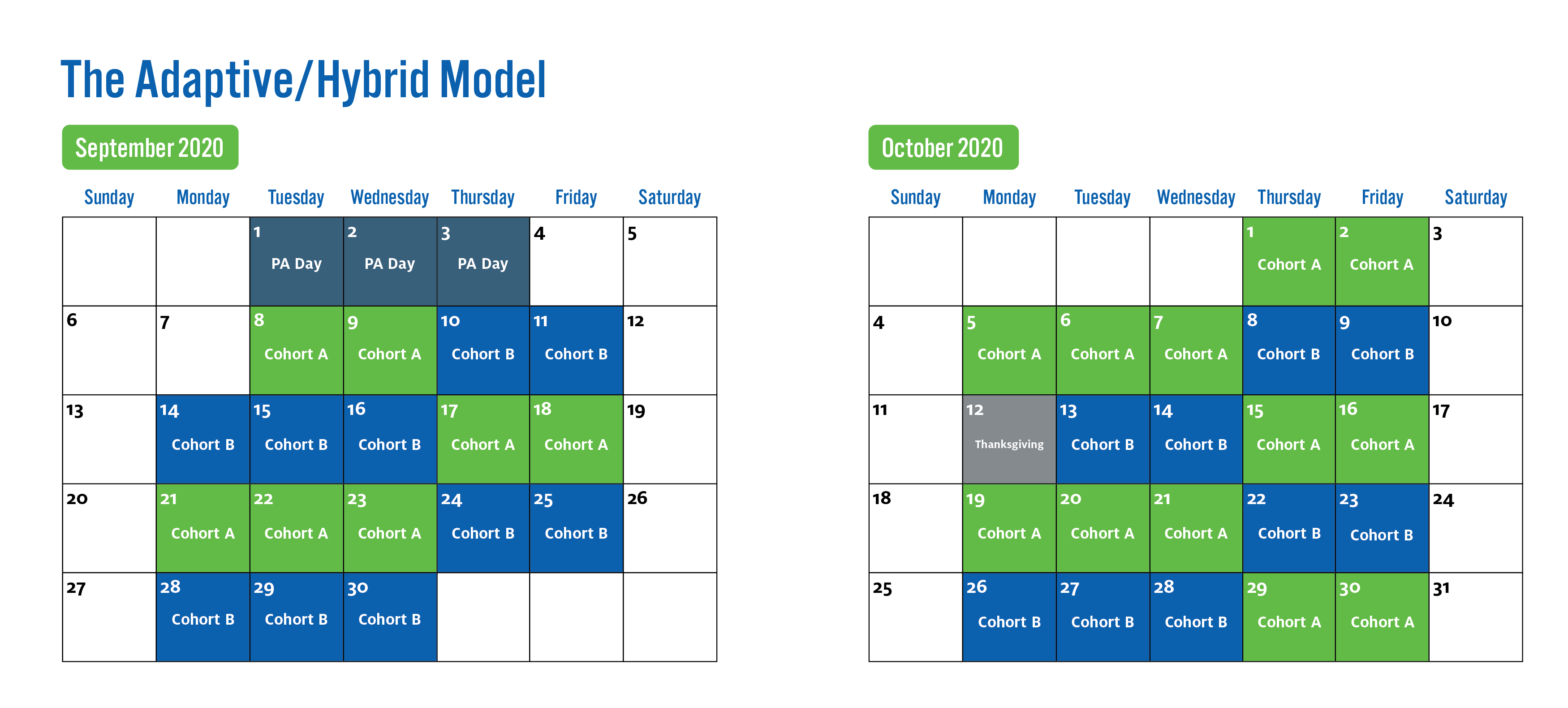
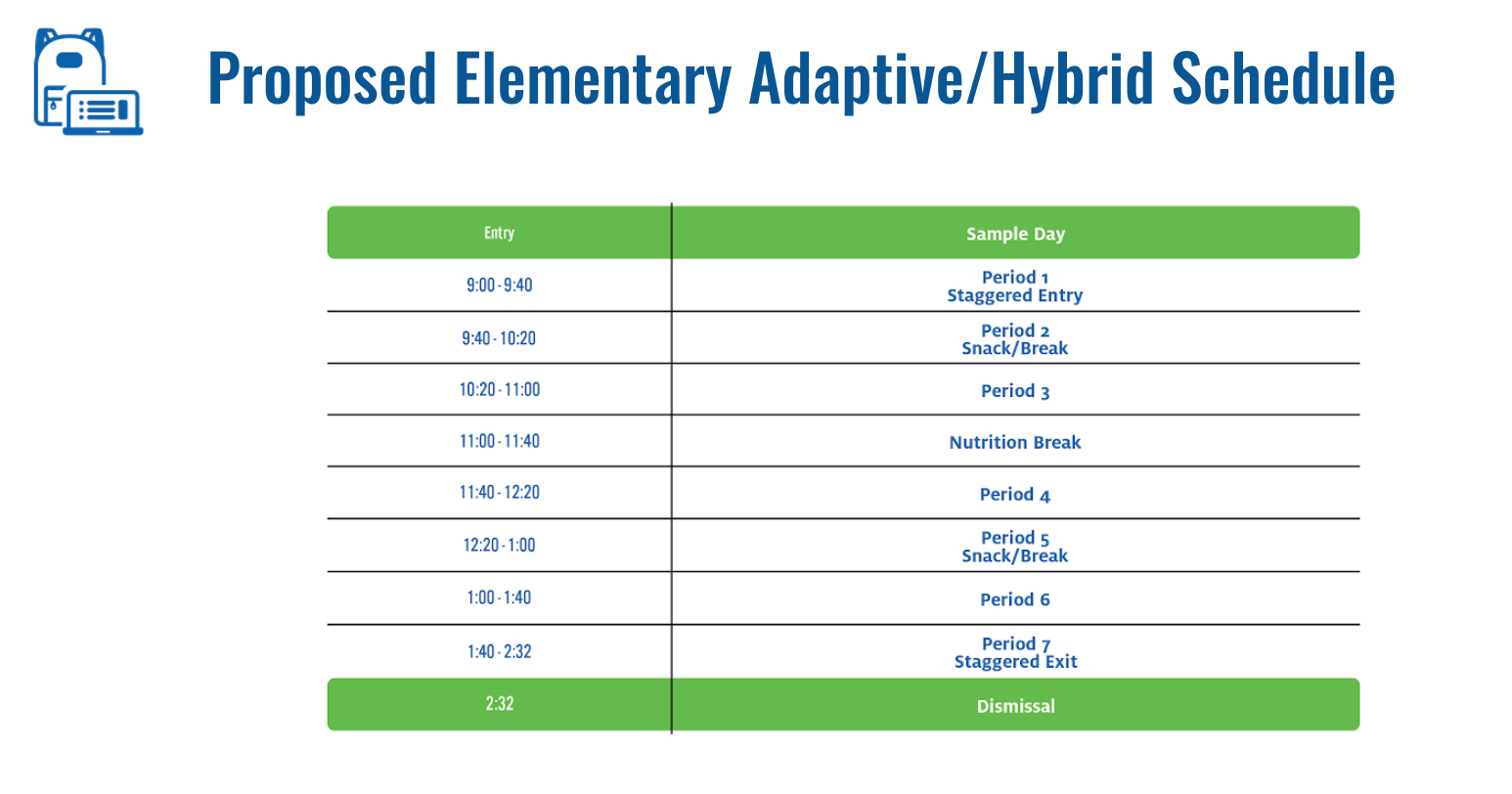
Adaptive / Hybrid Model – Secondary
In this model for secondary students, there would be four cohorts: A, B, C, and D.
Each class would be divided into two cohorts, with a maximum of 15 students per cohort. In September, secondary schools would start with an adaptive model and then shift to quadmestering, as directed by the Ministry of Education. A combination of face-to-face instruction and blended learning, delivered through asynchronous and synchronous learning, would make up the learning experience for our students.
Cohort C and D will be supported fully through distance learning, as determined by completion of the “Intent to return to school in person Form by parent or legal guardian request.
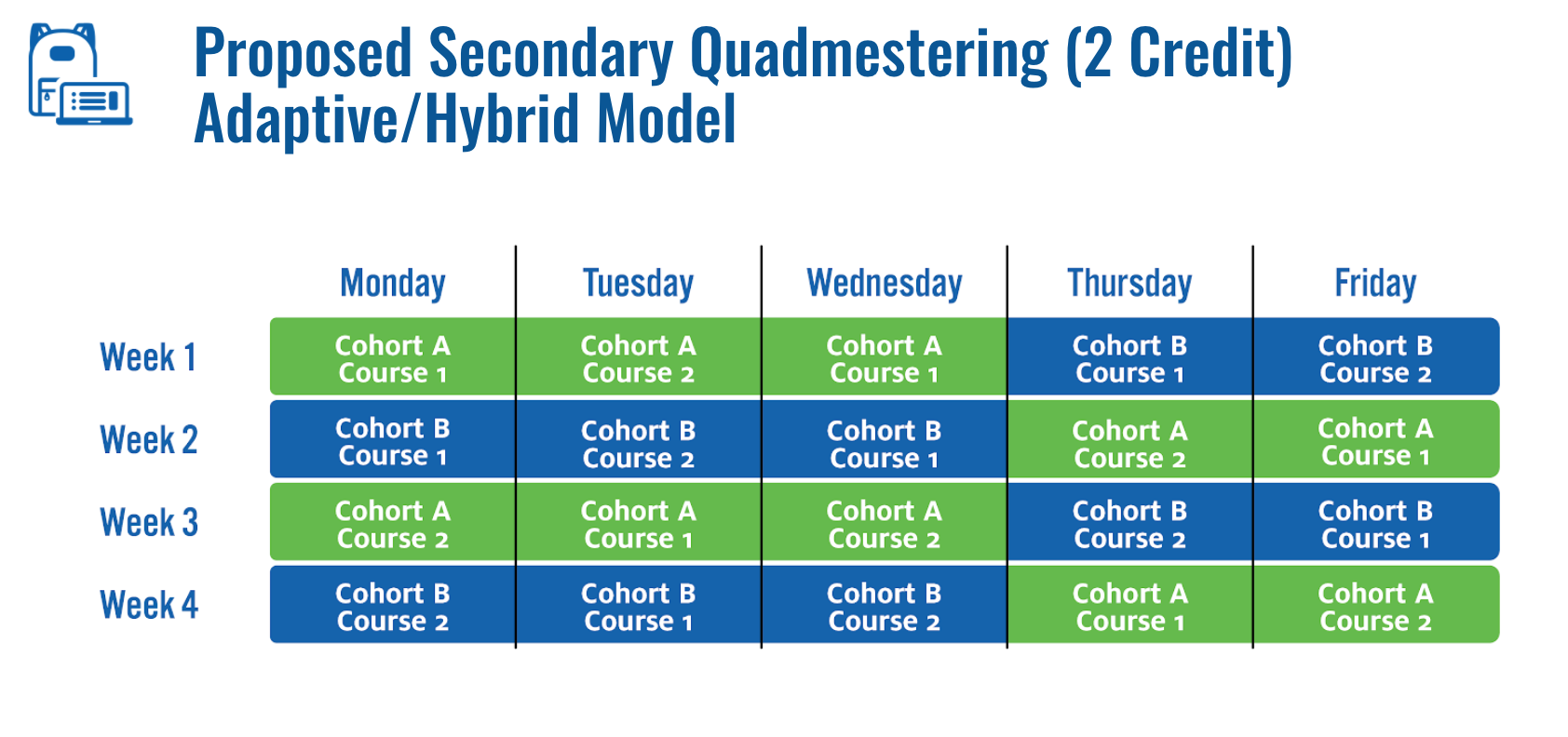
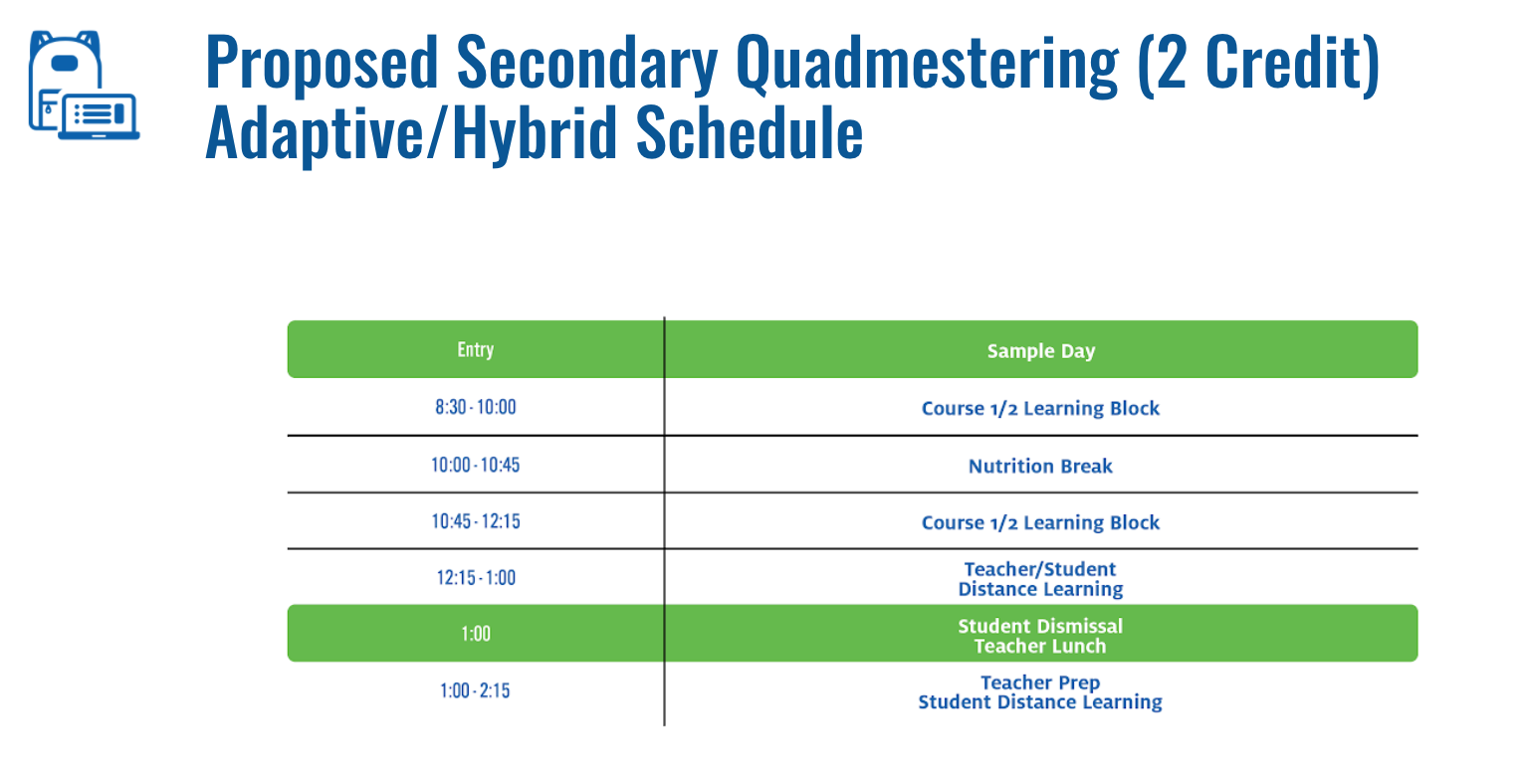
Full Distance Learning
In this model, elementary and secondary students would engage in learning from a distance, in most cases, through technological devices. All educators would establish an online classroom using one of the WRDSB designated platforms and schedule synchronous and asynchronous learning opportunities for their students, along with SERTs, EAs, and CYWs to provide synchronous support to students with IEP’s and students who require additional support.
Creating a sense of belonging will be foundational to all remote learning. Staff will be required to provide students with 300 minutes daily of learning opportunities with about half the day in large group instruction and the rest of the day in small group guided instruction such as synchronous check and connect and asynchronous independent work on one of the WRDSB designated learning platforms. This is a guideline and will be dependent on grade level. As in any learning situation, programming would be developed based off of the full Ontario curriculum.
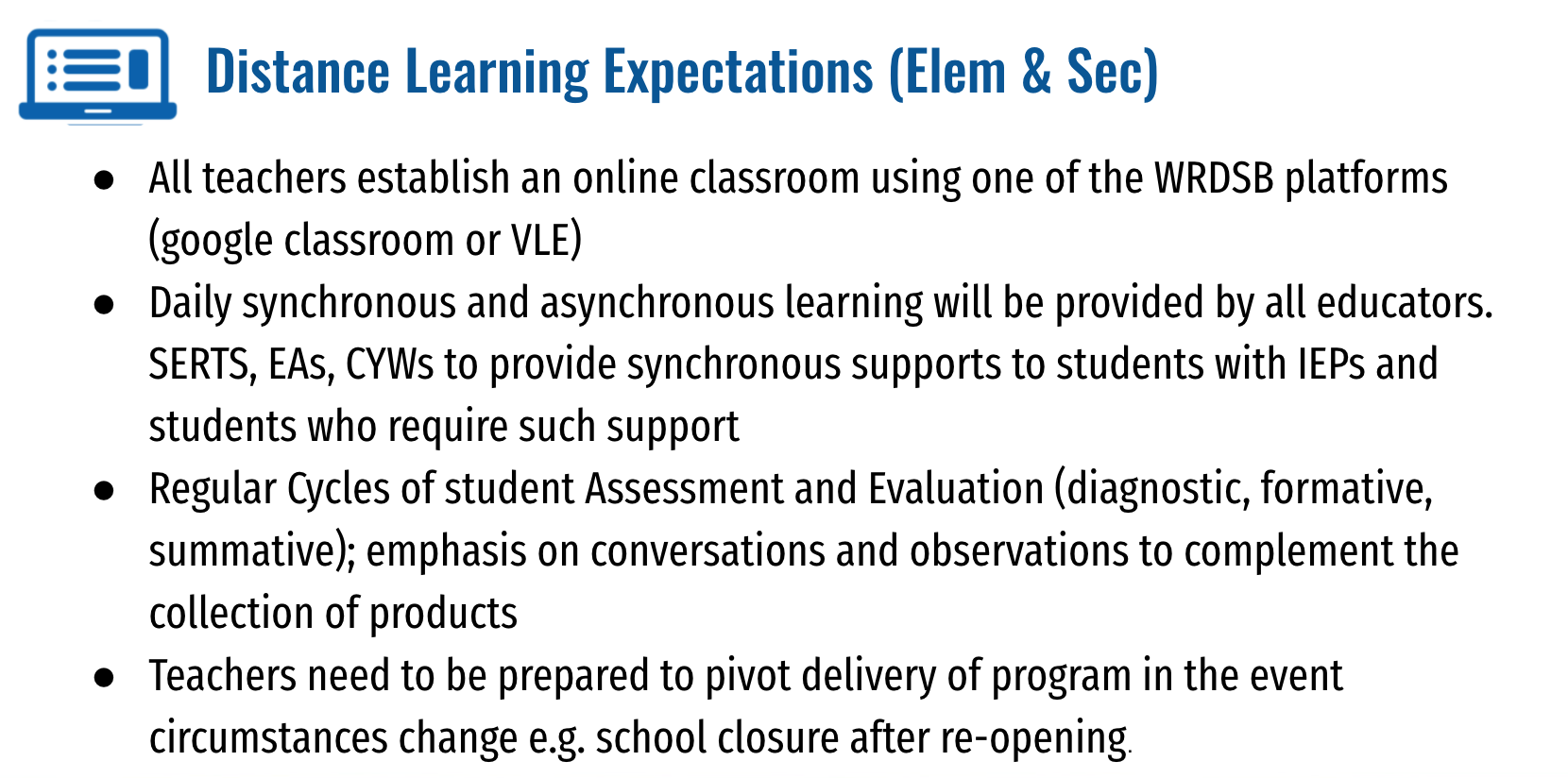
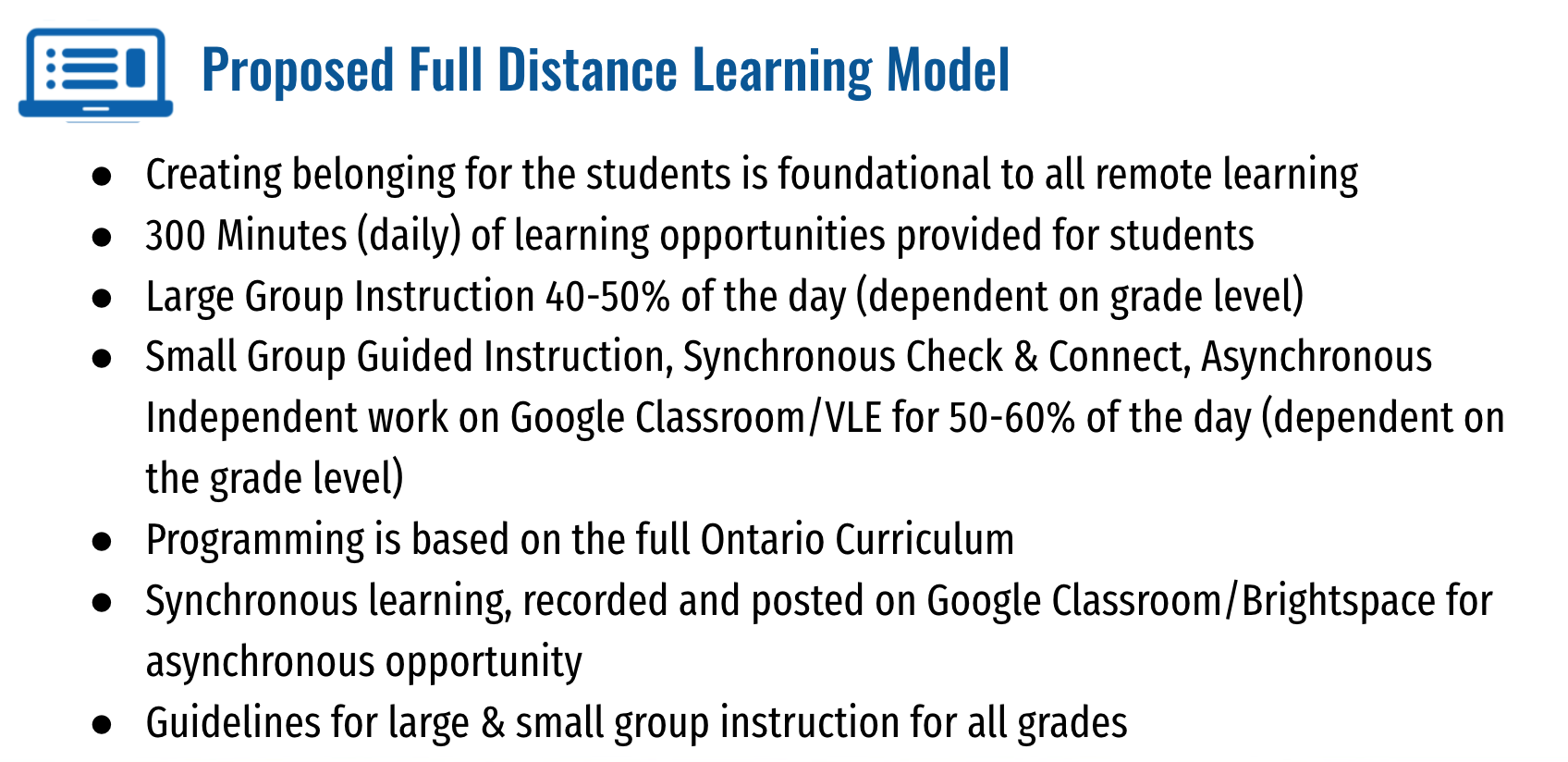
What’s Next?
On Monday, July 27, WRDSB staff presented these models to the Ministry of Education and will continue the development of these plans. As the Ontario Premier recently announced, Education Minister Stephen Leece is expected to unveil the school reopening plans within the week. As soon as the Ministry of Education releases information on the chosen school year model, we will communicate the details and logistics WRDSB will be implementing to our students, staff and families.
Categories: News
